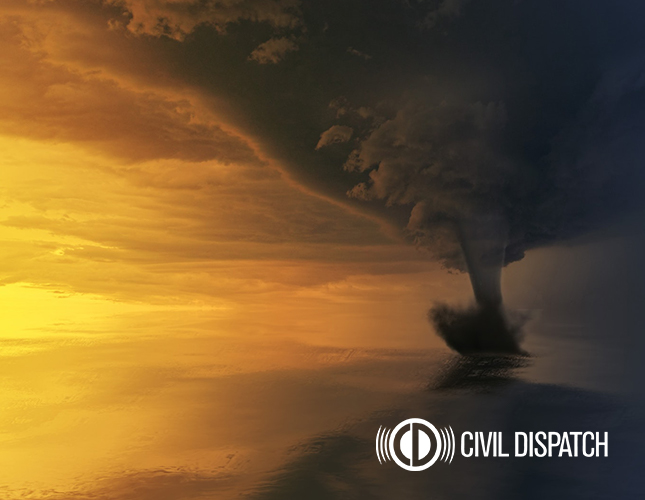
We’ve been here before. It seems like every year the southern states are left scrambling with only a few days notice to prepare for the onslaught of another hurricane before photos and videos of the destruction arise.
At Civil Dispatch, we’ve written a number of blogs dedicated to keeping you and your family safe during hurricane season. We have general prepping guides, survival tips and last minute ways to get ready.
These past few days, we’ve seen the aftermath of Hurricane Florence and the devastation is extreme. Residents of multiple states are left to deal with unparalleled flooding and damage to their homes and businesses.
However, the reality is that hurricane season is not over. There could be more storms yet to come with two months still left in the Atlantic hurricane season. Though it is impossible to predict the future, we want to make sure you are always prepared.
Whenever Mother Nature strikes next, whether you are evacuating and moving inland or bunkering down, here are five ways to prepare your home after it’s been storm-guarded.
Close all interior doors and windows.
Extreme forces of wind cause pressure on homes. When wind enters the house through an open door or window, the interior pressure builds, increasing the likelihood that the roof will collapse. Keeping interior doors and windows closed can help disperse pressure and potentially prevent your roof from caving in.
Move all household chemicals to the highest shelf.
Should your home flood, it’s easier to deal with water damage than fire damage caused by a chemical spill. Tighten all caps and move chemicals to a high, secure place in the home where they will stay contained.
Clear the yard.
In order to minimize lost possessions or damage to the house, comb through your backyard and put away anything that could get carried away or blown over in the storm. Move lawn furniture, grills, bikes, and storage bins into the garage or another secure area. Trim tree limbs that hang over your house and threaten its structural integrity. Consider disassembling the trampoline, and lay the basketball hoop on its side.
Put a quarter on a frozen cup of water in your freezer.
We’re guessing this is the last thing you’d think to do when you’re rushing to beat a hurricane, but bear with us on this one. Placing a quarter on a frozen cup of water in your freezer will help you determine what food is still safe to eat should the power go out. If you return home post-evacuation and the quarter is at the bottom of the cup, you know that the food went unrefrigerated and it must be thrown out.
Prepare your home for flooding.
One of the most disastrous parts of hurricanes is the rainfall and rising tide. There are a number of ways to prepare your home against flood waters. This includes, but is not limited to, moving valuables up high, plugging drains to prevent sewage backup, moving appliances and furniture to higher levels of the home and shutting off electricity to areas of your home that might flood.
If you haven’t already, sign up for text messages from Civil Dispatch to get up-to-date information on threats and severe weather in your area!